A budget tells your money where to go, instead of wondering where it went.
One of the biggest mistakes people make when planning a move is underestimating their final moving cost. And moving is already stressful enough without surprise charges hitting your wallet at the last minute.
Whether you're relocating just a few blocks away or moving across the country, knowing how to estimate your final moving costs is essential to keep your move smooth and your budget in check.
According to recent data, the average local move in the U.S. costs around $1,250, while long-distance moves can easily range from $2,500 to over $7,500.
What really throws people off are those little extras, such as fuel charges, packing materials, storage fees, and even stairs. Without proper planning, it's way too easy to fall into the trap of underbudgeting.
That’s why this guide is for you. Let’s learn exactly what factors impact your moving cost estimate, how to use a moving cost calculator, and the difference between a final moving quote vs estimate, so you’re not caught off guard.
By the end of this, you’ll have a clear and realistic understanding of what your move is going to cost.
The Basics of Moving Costs
Before you can determine how to estimate your final moving cost, it's essential to understand what factors contribute to that number. Whether you're moving across town or across the country, the basics of moving costs revolve around a few key factors.
Local vs. Long-Distance Moves
One of the first things to understand is the difference between local and long-distance moves, because this plays a major role in how movers price their services.
-
A local move is defined as a move within 50 to 100 miles, often within the same city or metro area. Movers usually charge by the hour, which means your total cost depends on how long the crew takes to pack, load, drive, and unload your belongings.
- The national average for a local move ranges from $300 to $1,500, depending on the size of your home and the level of assistance you require.
-
A long-distance move, on the other hand, usually involves moving to a different city or state, anything over 100 miles. These moves are priced based on weight and distance, rather than time. The farther you move and the more things you take with you, the more you’ll pay.
Long-distance moves typically cost between $2,500 and $7,500 but can go even higher for large homes or coast-to-coast relocations.
Average Cost Ranges You Can Expect
It’s always helpful to start with an estimated range before diving into specifics. Here's a general idea of what most people in the U.S. can expect to spend:
- Studio or 1-bedroom apartment (local): $400 – $1,200
- 2–3 bedroom home (local): $1,200 – $2,500
- Long-distance move (up to 1,000 miles): $2,000 – $5,500
- Cross-country move (over 1,000 miles): $4,000 – $9,000+
These are just averages, but they can give you a starting point. The actual cost can fluctuate depending on your specific situation.

Want to get accurate moving estimates? Check out our Moving Cost Calculator and get the real deal before your boxes even move an inch.
Key Factors That Influence Your Final Moving Cost
Now that you understand the basics, let’s discuss what really drives your final moving cost.
Distance of the Move
This is one of the most obvious and important factors. The longer the distance, the higher the cost. Long-distance movers charge based on miles traveled, and that rate can range from $0.50 to over $1.00 per mile. This is why it's essential to estimate your relocation costs by distance and weight.
Size and Weight of Your Belongings
The more you take with you, the more it will cost to move. For long-distance moves, most companies charge based on the total weight of your shipment. For local moves, it's primarily about the time required and the number of movers needed.
Packing Services and Materials
If you ask your movers to pack everything for you, expect to pay more. Packing services typically include hourly labor rates, as well as the cost of materials. Even if you pack on your own, you'll still need boxes, bubble wrap, and tape. These supplies alone can add $100 to $300 to your budget.
Type of Moving Estimate
Not all estimates are created equal. A binding estimate means you’ll pay exactly what’s quoted, regardless of the actual weight. A non-binding estimate can change based on the final weight and the services provided. There's also the binding not-to-exceed estimate, which caps your cost even if the actual weight is higher.
Time of Year and Scheduling
Peak moving season in the U.S. is May through September, and during this time, prices can surge due to high demand. If possible, move during the off-season (fall or winter), or on a weekday when rates tend to be lower.
Accessibility Challenges
Movers may charge extra fees for stairs, long carries, shuttles, or difficult access. It’s important to share these details when requesting quotes to get accurate moving estimates and avoid last-minute charges.
Special or Fragile Items
Heavy, delicate, or oversized items, such as pianos, pool tables, large TVs, or artwork, require extra care and sometimes specialized handling or equipment. These items usually come with separate charges.

Feeling lost in the moving jungle? Check our Ultimate Long Distance Moving Checklist and make your move manageable.
Common Hidden or Unexpected Fees
Even with a solid quote in hand, there are often extra charges that sneak up on people during a move. These hidden fees can quickly raise your final moving cost if you're not careful.
Packing Supplies
Boxes, bubble wrap, and tape aren’t always included in your quote. If the movers bring their own materials, you’ll likely be charged for them; sometimes at marked-up rates.
Stairs and Long Walks
If movers have to carry your belongings upstairs or across a long driveway, expect an extra fee. These are called “long carry” or “stair carry” charges.
Disassembly and Reassembly
Need help taking apart furniture or disconnecting appliances? That often costs extra unless it’s clearly included in your estimate.
Storage Fees
If there’s a delay between move-out and move-in, and your items need to be stored temporarily, you’ll pay storage-in-transit fees.
Fuel or Travel Charges
Some companies add fuel surcharges or mileage fees, especially for long-distance moves. Always ask if this is included in your estimate.
Insurance Costs
Basic coverage is often included, but full-value protection is extra, and worth it for high-value items. This should be part of your moving estimate.

Think all movers are the same? Check our Top-Rated Interstate Movers and find the ones who actually show up.
How to Estimate Your Final Moving Cost Accurately – Step by Step
If you're wondering how to estimate your final moving cost accurately, the key is to break it down step by step. Here’s a simple, practical way to get it right the first time.
Step 1: Take Inventory of What You're Moving
Start with a complete list of everything you’re planning to move. Go room by room and include furniture, appliances, boxes, and any special items like pianos or gym equipment.
A clear inventory helps movers provide accurate quotes and allows you to estimate relocation costs by distance and weight more precisely.
Step 2: Use a Moving Cost Calculator
Next, add your inventory and move details (such as home size and distance) into a reliable moving cost calculator. While this won’t give you the exact cost, it gives you a baseline to work with and helps you build your moving budget early on.
Step 3: Get At Least Three Professional Quotes
Reach out to three licensed moving companies and request detailed quotes. Make sure each quote is based on the same inventory and includes the same services. Don’t forget to ask about the type of estimate they provide.
Step 4: Ask About Extra Charges
Make sure the quotes include all potential fees: packing supplies, long carries, stairs, insurance, fuel, and storage. This step is essential if you want to avoid hidden moving costs.
Step 5: Compare Final Moving Quote vs Estimate
Look closely at each quote. A final moving quote (binding or not-to-exceed) gives you more financial security than a basic estimate that can change on moving day. Understanding the difference will help you get accurate moving estimates and choose the best deal.
Step 6: Add a Safety Buffer
Even with careful planning, unexpected events can still occur. Add 10–15% to your estimated total as a cushion for last-minute changes, delays, or additional services. This keeps your budget realistic and stress-free.
Step 7: Finalize Your Budget
Now that you’ve gathered all the data, create a complete moving budget. Include your mover’s fee, packing materials, travel costs, and that buffer amount. This is the final step to learn how to estimate the final moving cost.

Want verified movers? Learn how to verify a moving company's credentials and protect your move with insurance.
Tips to Reduce Your Moving Expenses
Moving isn't cheap. However, the good news is that there are smart ways to cut costs without compromising quality. Whether you're moving across town or across the country, using a few of these simple strategies can make a big difference in your final moving cost.
Declutter Before You Pack
The fewer items you move, the lower your cost—especially for long-distance moves where pricing is based on weight. Take time to donate, sell, or discard things you no longer need. This helps reduce the load and gives you a more manageable moving cost estimate.
Pack Yourself
Packing services from movers can add hundreds of dollars to your total. By packing your own boxes, especially non-fragile items like clothes, books, and linens, you can save big.
Move During Off-Peak Times
Most people move in the summer or on weekends, which drives prices up. If your schedule allows, plan your move during the off-season (fall or winter) or on a weekday.
Compare Multiple Quotes
Never go with the first mover you talk to. Get quotes from at least three licensed companies and compare not just the price, but what’s included. This ensures you're getting the best deal.
Ask About Discounts
Some companies offer discounts for seniors, students, military members, or off-peak bookings. It never hurts to ask. Even a small percentage off can make a noticeable difference in your final moving quote.
Use Free Packing Materials
You don’t always have to buy boxes. Check local stores, Facebook Marketplace, or community boards for free moving supplies. You can also use suitcases, laundry baskets, and reusable bins to cut down on costs

Moving cross-country and don’t want to end up with a sketchy mover? Check our Best Long Distance Movers List as we’ve vetted the pros so you don’t have to search them everywhere on Google.


















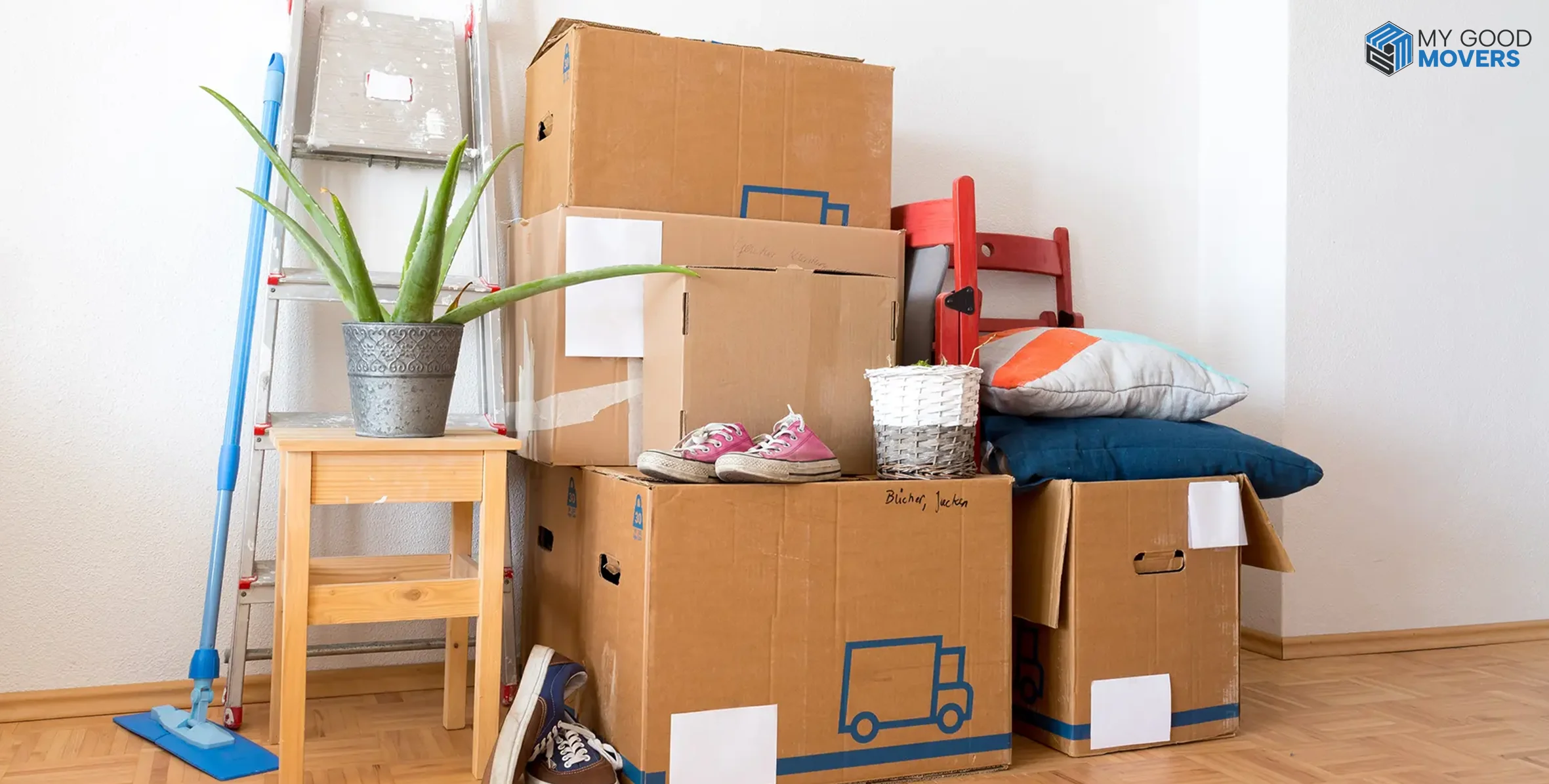









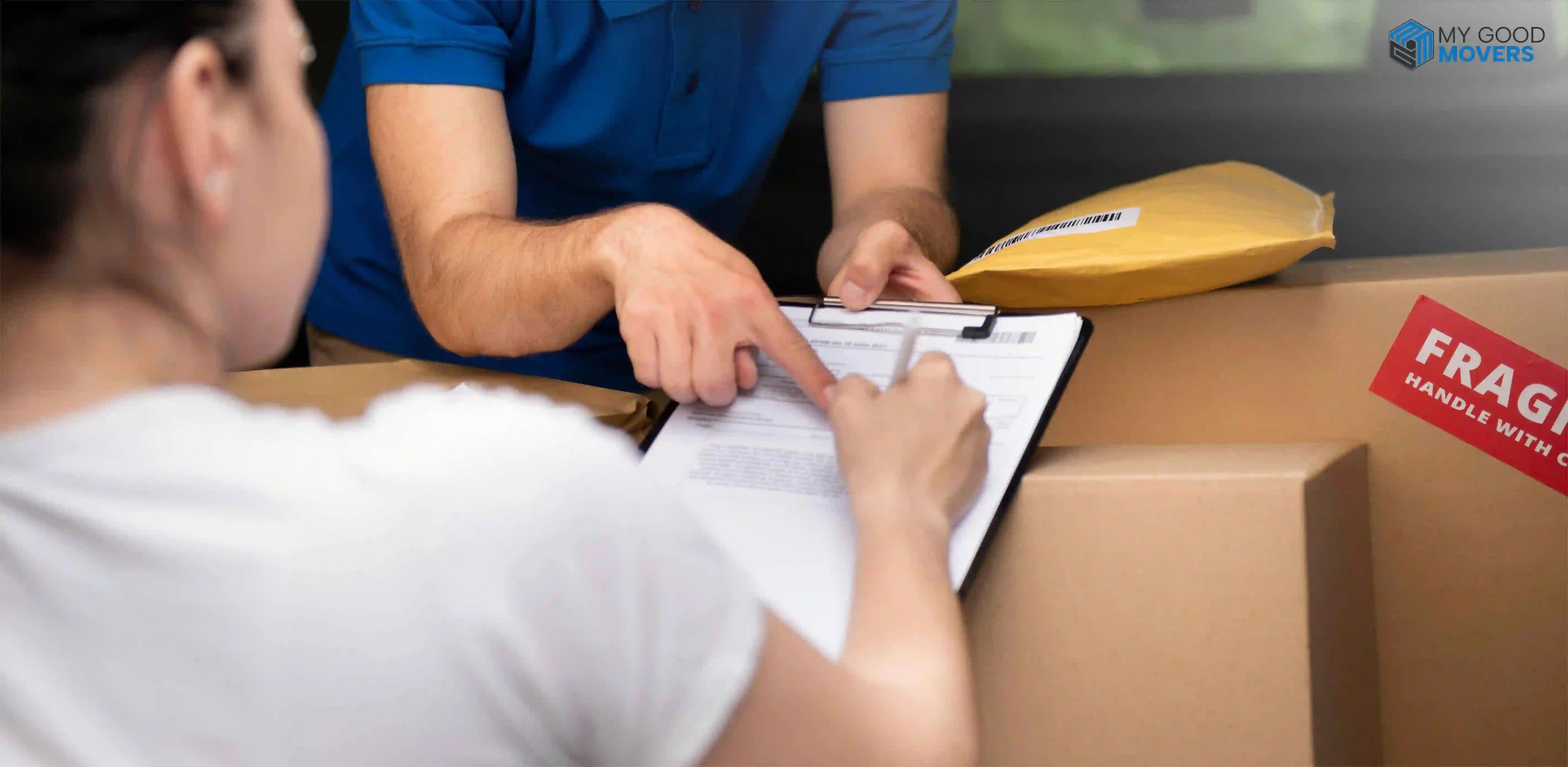











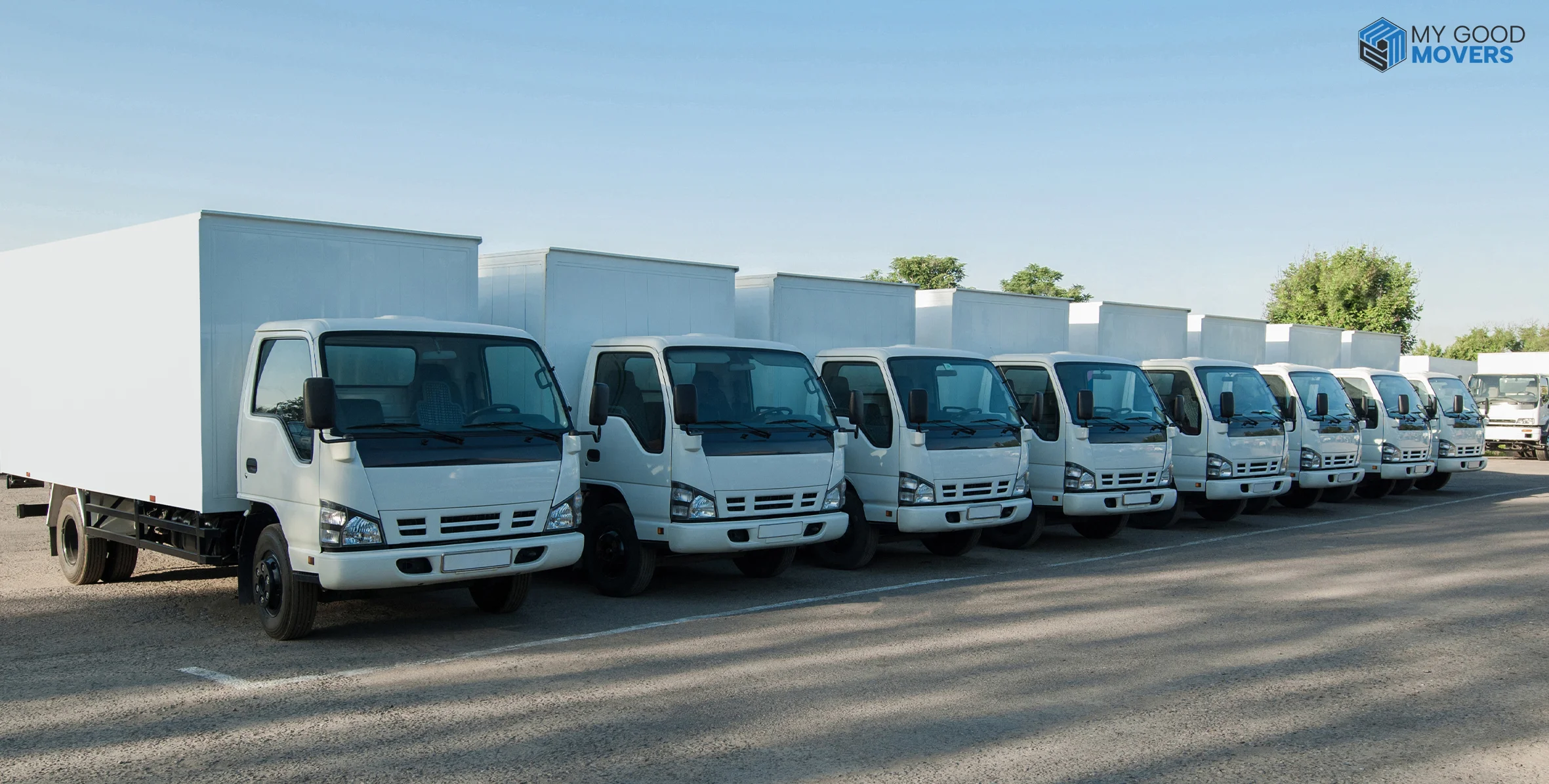













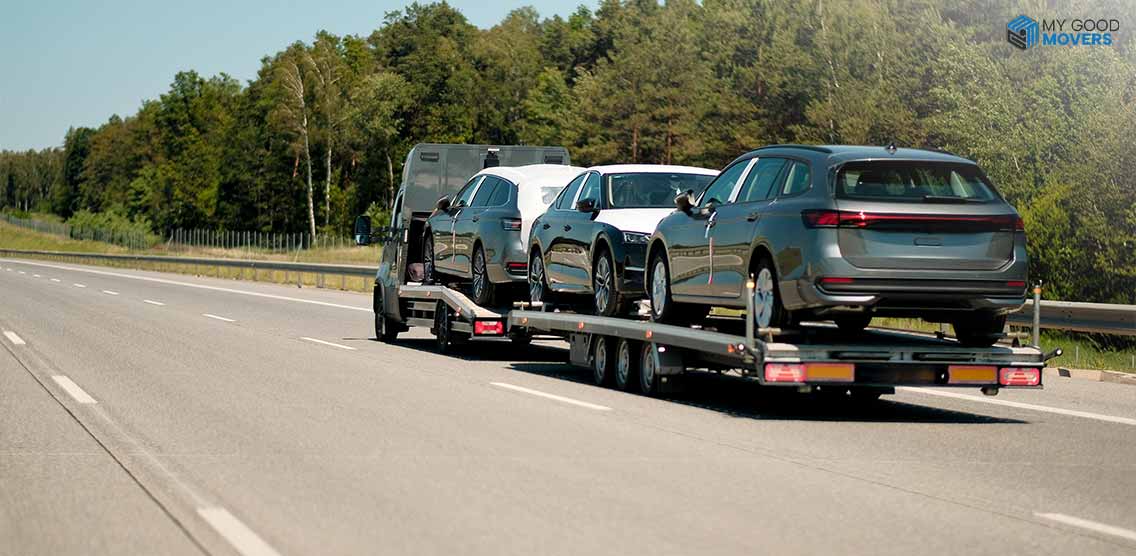
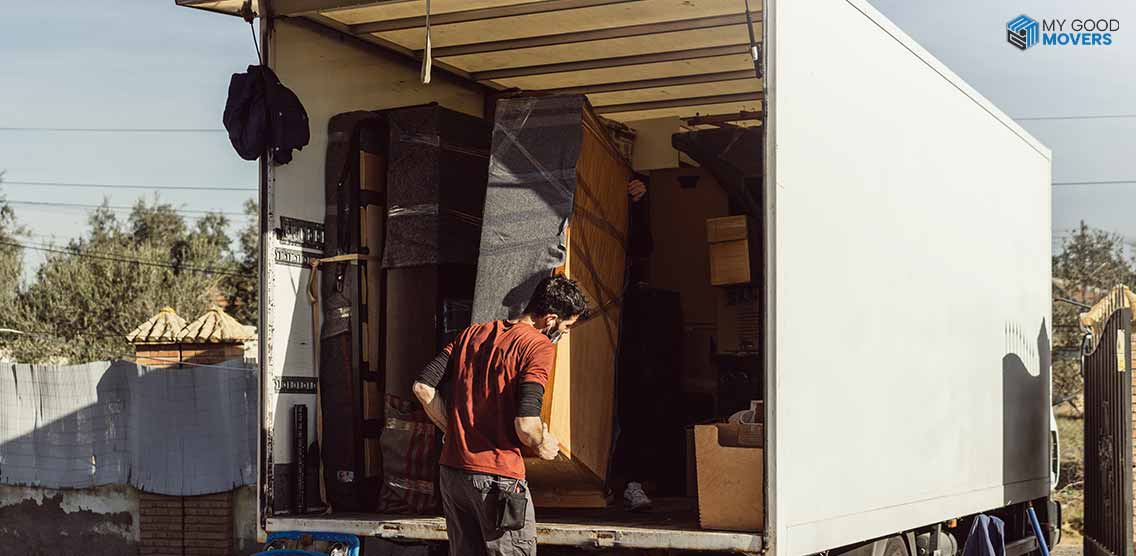








































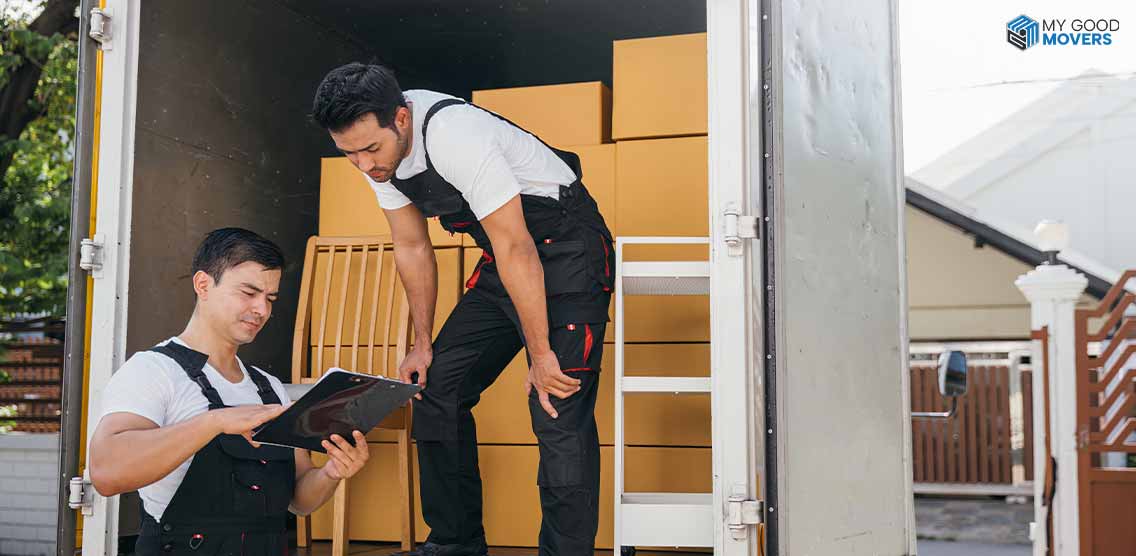

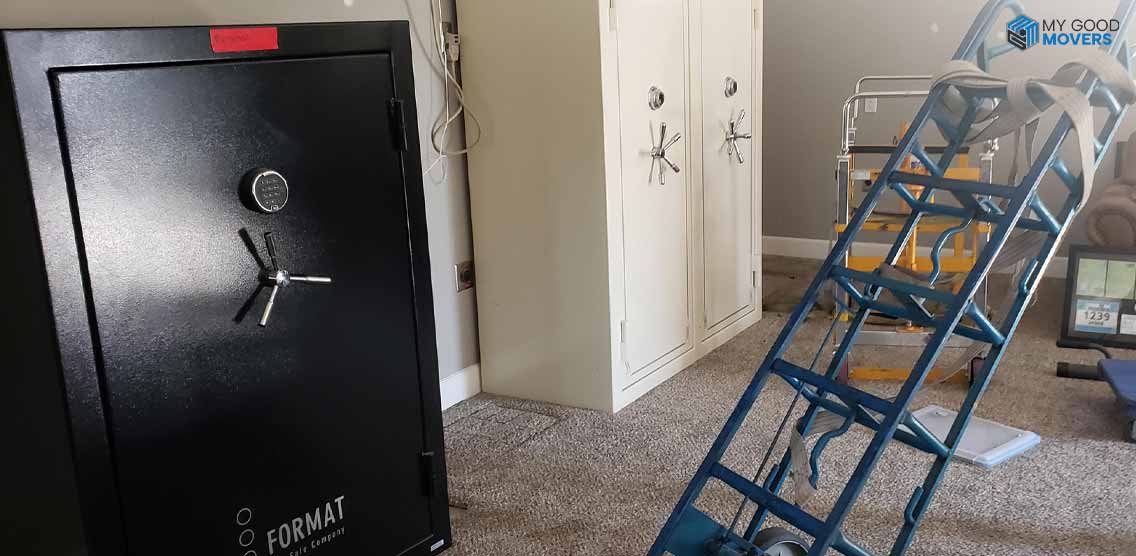









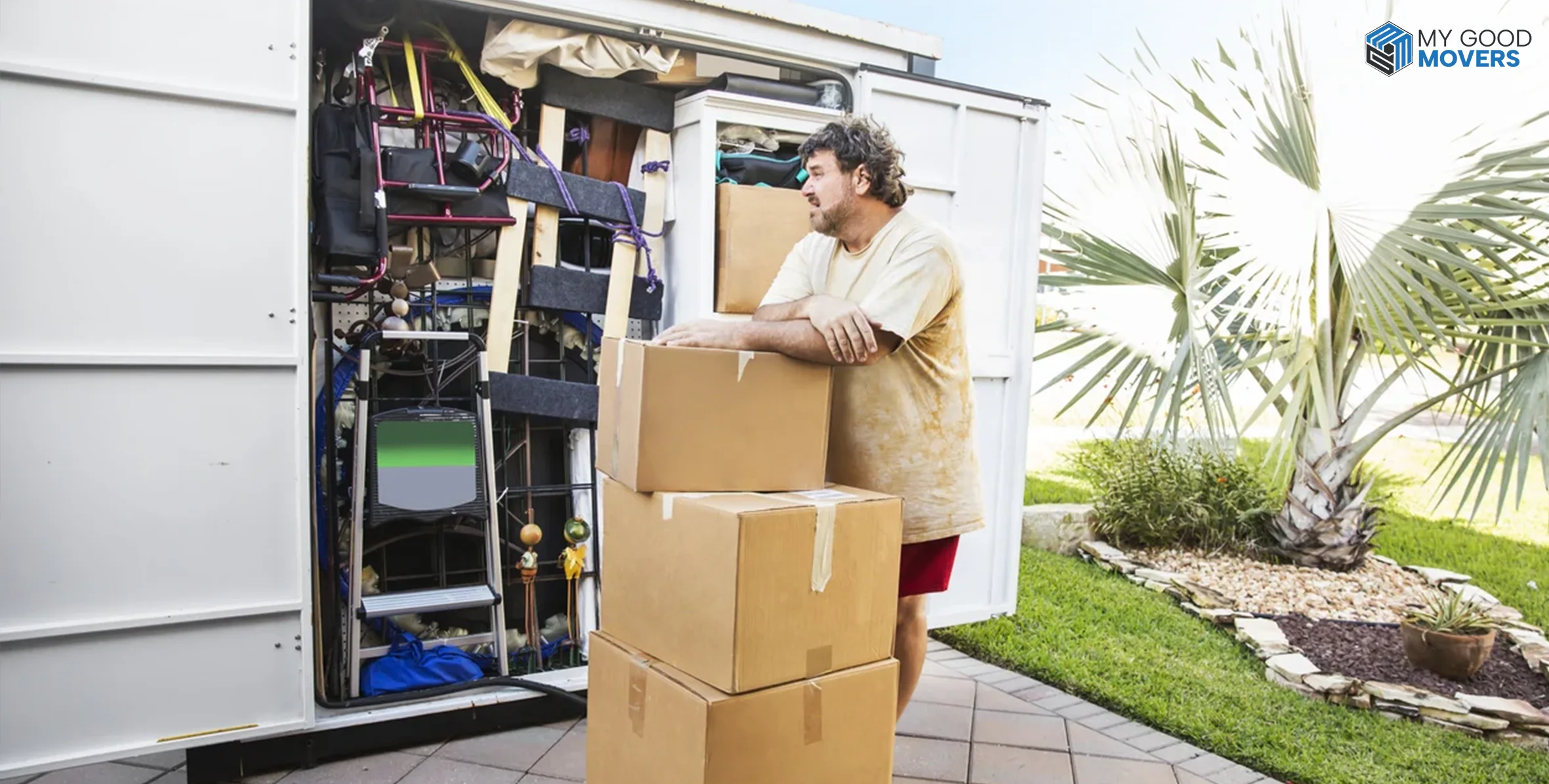
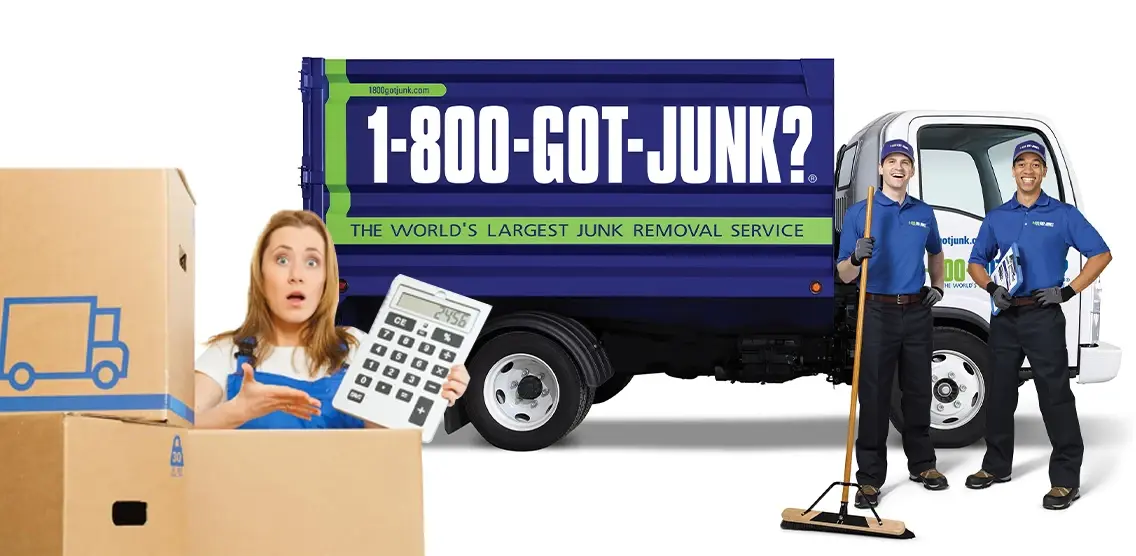
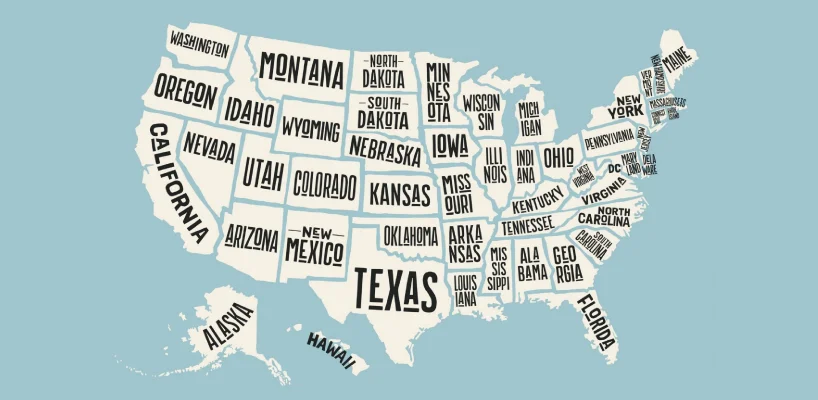





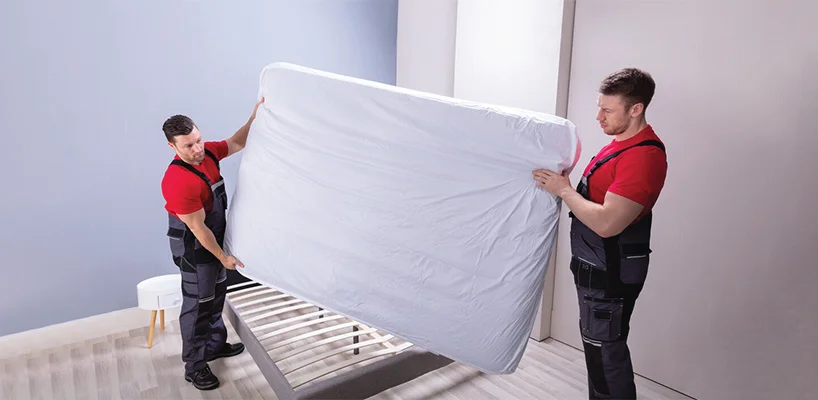
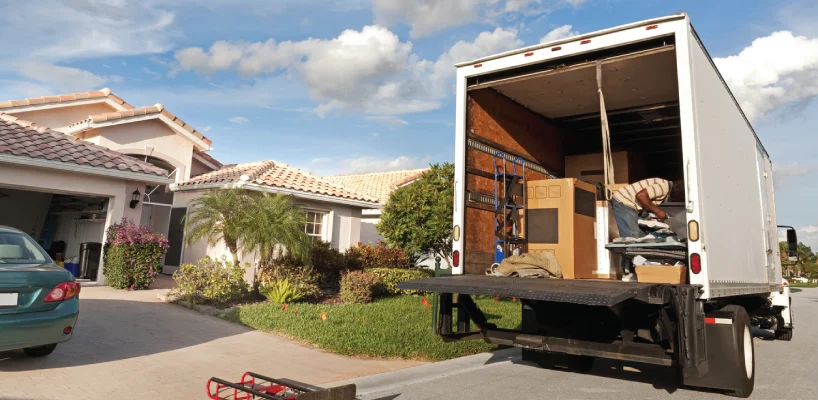




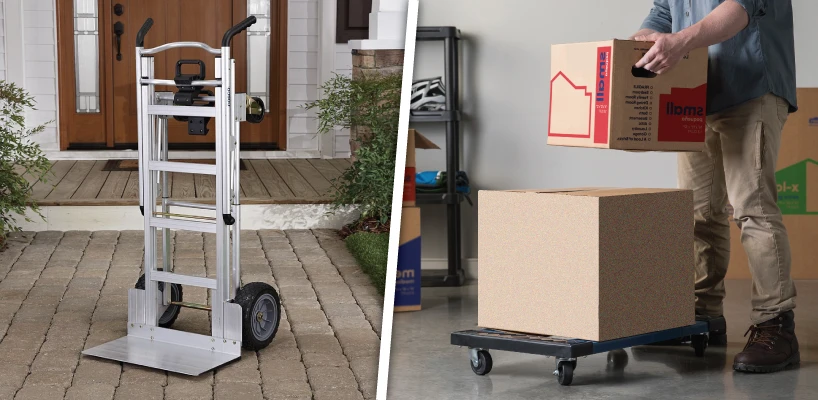
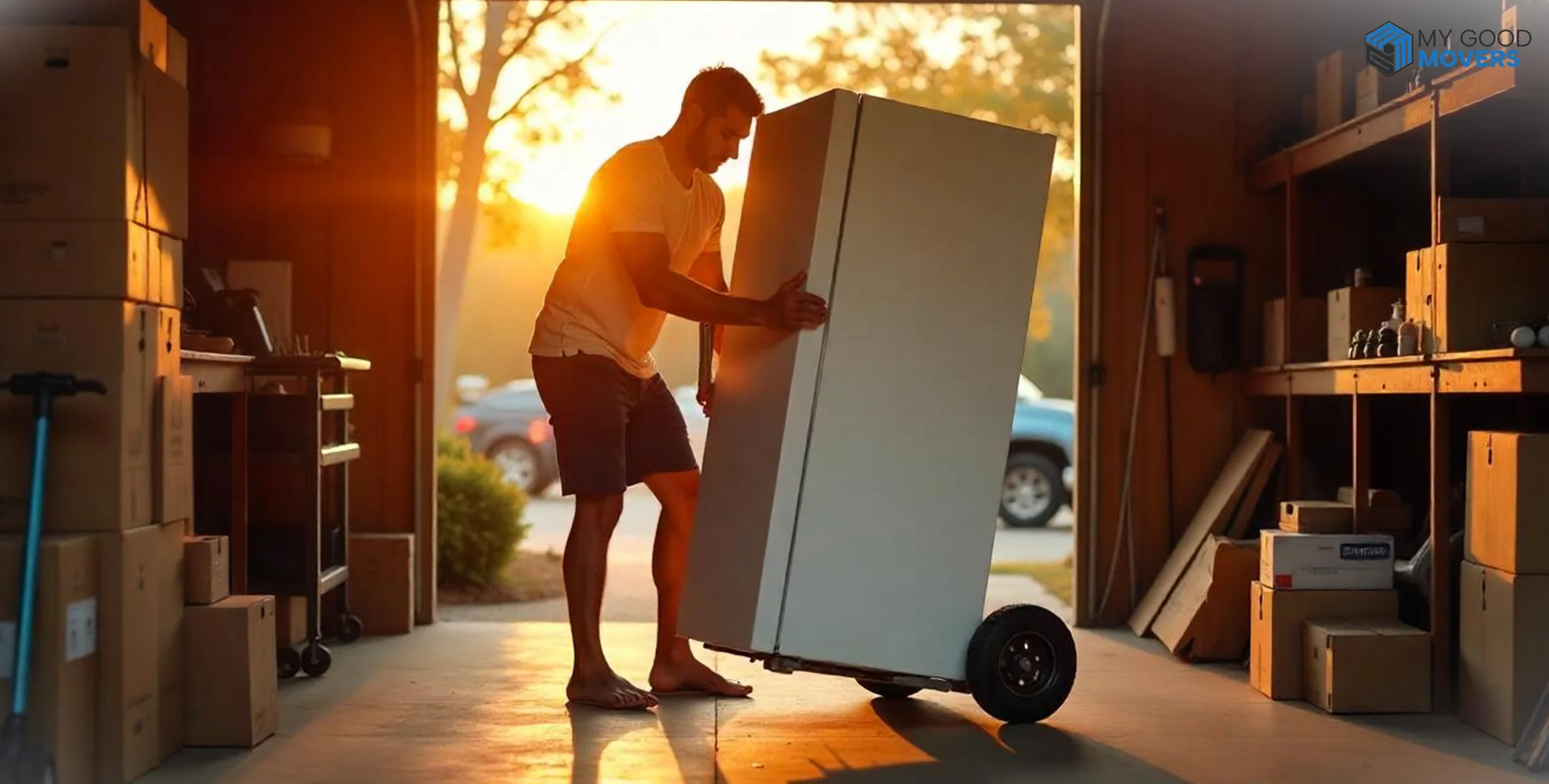
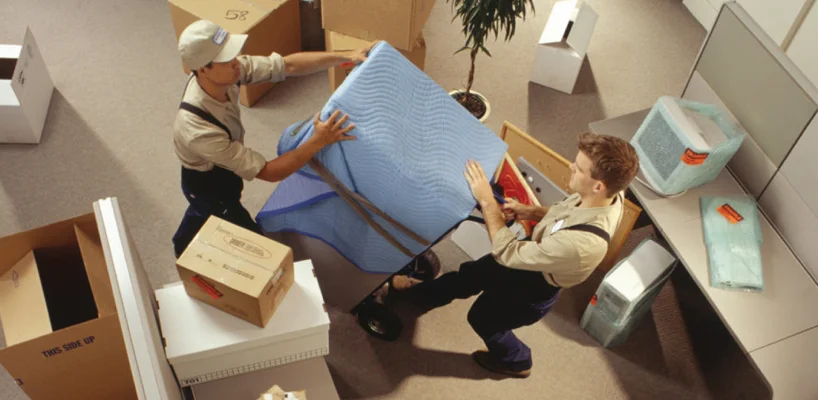
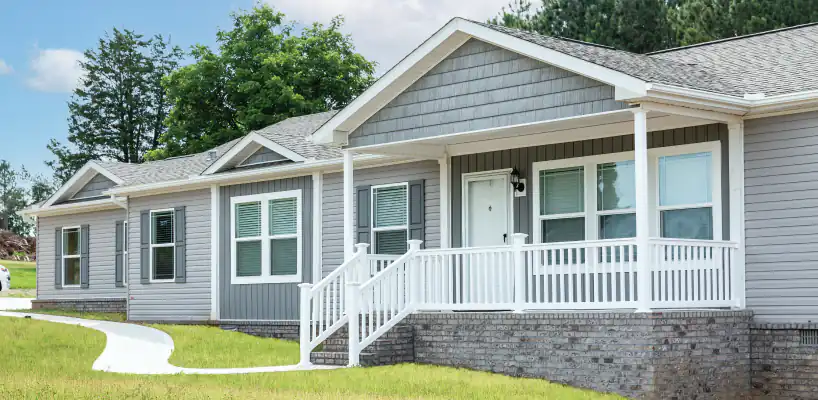

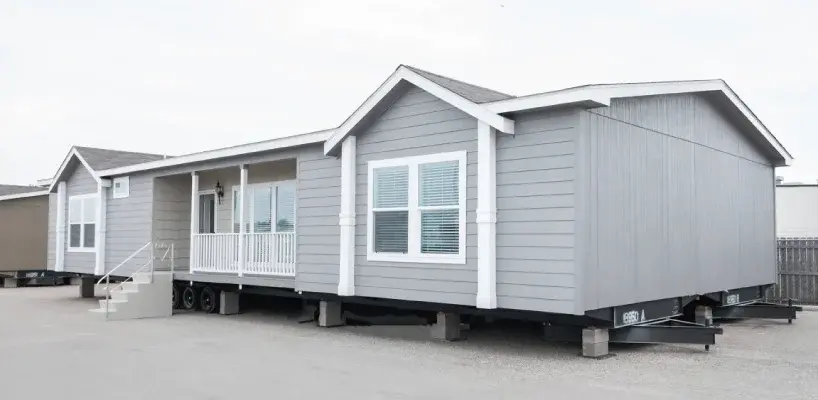


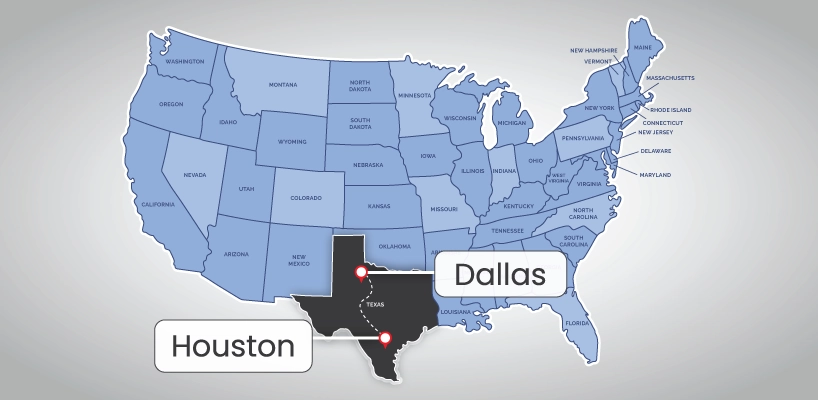


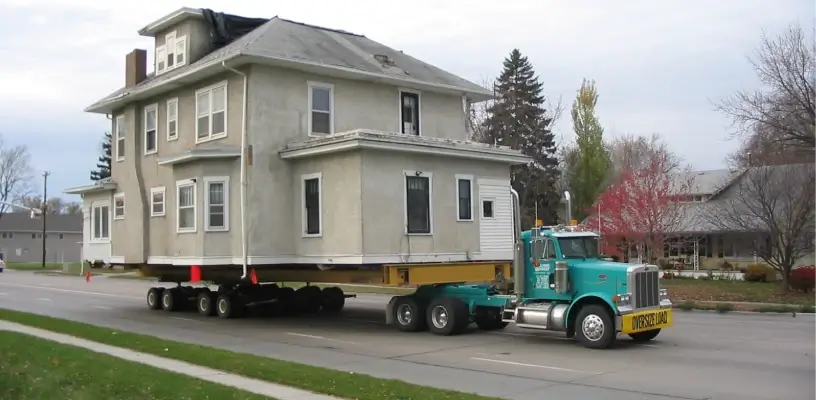
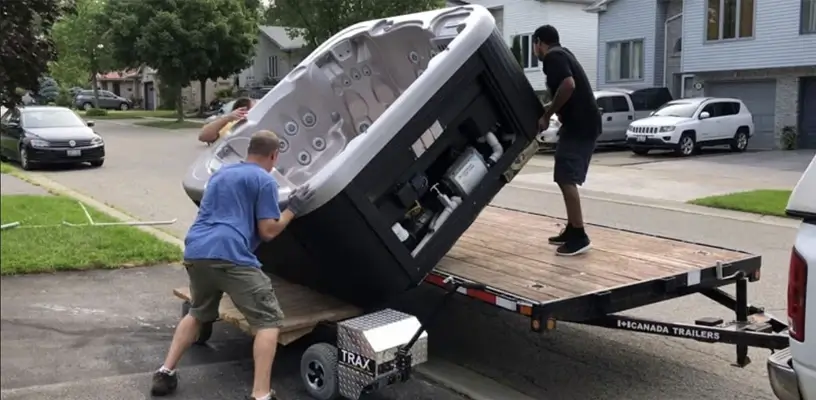






 (239) 799–6077
(239) 799–6077